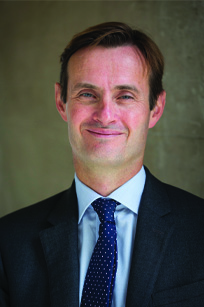Covid spending consistent in first six months
From October, system-wide financial envelopes were set. These replaced the ‘retrospective claims process’ of the first half of the financial year, when there were three core elements of provider funding – a block payment based on 2019/20 clinical commissioning group income; a prospective top-up based on the 2019/20 run rate; and a retrospective top-up to fund Covid-19 costs and other reasonable expenditure. CCG allocations were also adjusted to reflect this interim regime.
Publishing month 6 results at the NHS England and NHS Improvement board meeting on 26 November, he said that, broadly speaking, the aggregate level of spending was ‘remarkably consistent’ over the first half of the year.
The NHS had incurred additional Covid costs of £8bn, resulting in a net extra spend of £7.7bn against the pre-Covid budget. The added spending is driven by top-ups to providers and CCGs. The impact of Covid on the provider sector totalled £4.3bn at month 6, including £1.44bn of lost income, almost £1.34bn in additional pay, and £1.5bn of other Covid costs, offset by spending reductions of around £1bn.
CCGs overspent against plan by almost £2.3bn, with £1.6bn directly related to extra Covid costs.
Overall, commissioners overspent by £7.5bn, £3.7bn of which was due to Covid.
‘In September the Covid costs continued to come down, but the marginal costs, particularly of the extra activity in the acute sector, were ramping up,’ said Mr Kelly (pictured). ‘For the second half of the year, we have given the NHS financial envelopes to live within. That put more money in to reflect the fact that we were asking for acute activity to continue to step back up.
‘With the planning returns we’ve had back, and with October’s data, I still feel comfortable the envelopes are sufficient to allow the recovery of activity, even with, as we have seen in October, the first signs of the second wave we definitely lived through in November.’
Related content
We are excited to bring you a fun packed Eastern Branch Conference in 2025 over three days.
This event is for those that will benefit from an overview of costing in the NHS or those new to costing and will cover why we cost and the processes.